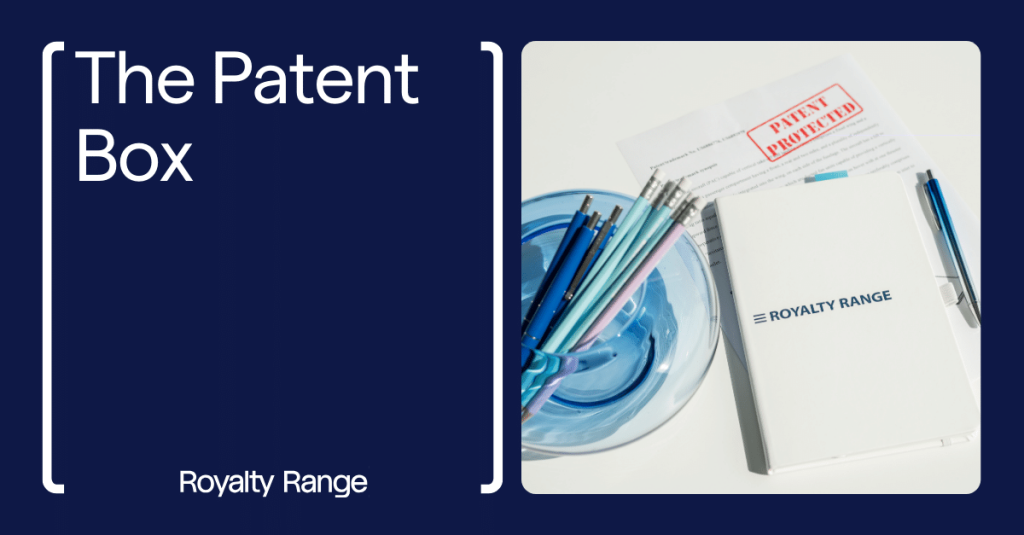The Patent Box
RoyaltyRange

The Patent Box, also known as the Intellectual Property (IP) Box or Innovation Box, is a tax incentive or regime offered by some countries to encourage innovation and investment in research and development (R&D). It provides a favorable tax regime for income derived from intellectual property such as patents, trademarks, copyrights, and sometimes even certain types of know-how.
The basic idea behind the Patent Box is to reduce the tax burden on income generated from Intellectual Property. This can be done by taxing such income at a lower rate than standard corporate income tax rates or by providing various deductions or exemptions related to IP income.
The concept of the Patent Box was first implemented in Belgium in 1983. Belgium introduced one of the earliest Patent Box regimes as a way to incentivize innovation and attract investment in R&D. This early adoption of the Patent Box concept laid the groundwork for similar regimes to be implemented in other countries around the world.
Many European countries have implemented these regimes during the last years: Andorra, Belgium, Cyprus, France, Hungary, Ireland, Italy, Lithuania, Luxembourg, Netherlands, Poland, Portugal, San Marino, Slovakia, Spain (federal, Basque Country, and Navarre), Switzerland (Canton of Nidwalden), Turkey, and the United Kingdom. Outside Europe – China, Israel, South Korea, Panama, and Singapore.
The specifics of Patent Box regimes, including eligibility criteria, tax rates, and qualifying intellectual property, vary from country to country. Additionally, some countries may use different terms such as “innovation box” or “IP box” to refer to similar incentives.
In response to concerns about profit shifting and harmful tax competition arising from the use of preferential Patent Box regimes, OECD countries collectively agreed in 2015 to implement a Modified Nexus Approach as part of Action 5 of the Base Erosion and Profit Shifting (BEPS) Action Plan. This approach aimed to address the issue by requiring a stronger connection between R&D expenditures, IP assets, and IP income.
Under the Modified Nexus Approach, countries offering Patent Box regimes are now required to ensure that businesses undertaking R&D activities domestically are the ones benefiting from the tax incentives associated with IP income. This shift towards a more stringent Nexus requirement has prompted previously non-compliant countries to either abolish or amend their Patent Box regimes to align with international standards and prevent harmful tax practices, thus promoting greater fairness and transparency in international taxation.
When filling in the Patent Box application, companies have to support it with extensive and reliable comparable data. Data quality and comparability are key factors in any Patent Box analysis and RoyaltyRange data enables you to get the best results out of your Patent Box application. The most efficient and beneficial way to get all relevant comparable data for your Patent Box analysis is to subscribe for unlimited database access. Get more information here.
Sources:
https://qdd.oecd.org/Home/ApplyFilter
https://www.bdo.co.uk/en-gb/services/tax/innovation-and-r-d-tax-incentives/patent-box
https://taxfoundation.org/taxedu/glossary/patent-box/
https://www.gov.uk/guidance/corporation-tax-the-patent-box
https://www.oecd.org/site/stipatents/programme/ipsdm-2018-4-2-baron-li-nasirov.pdf